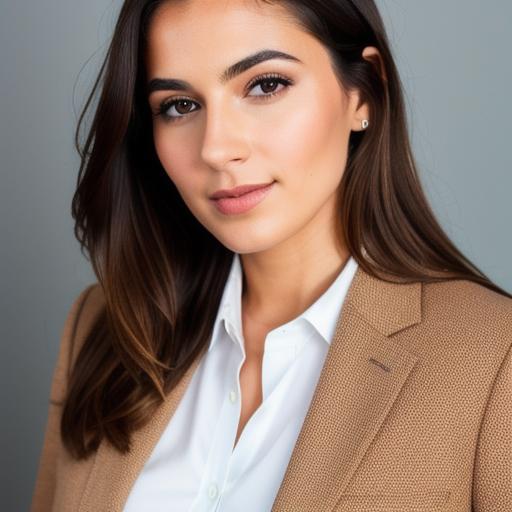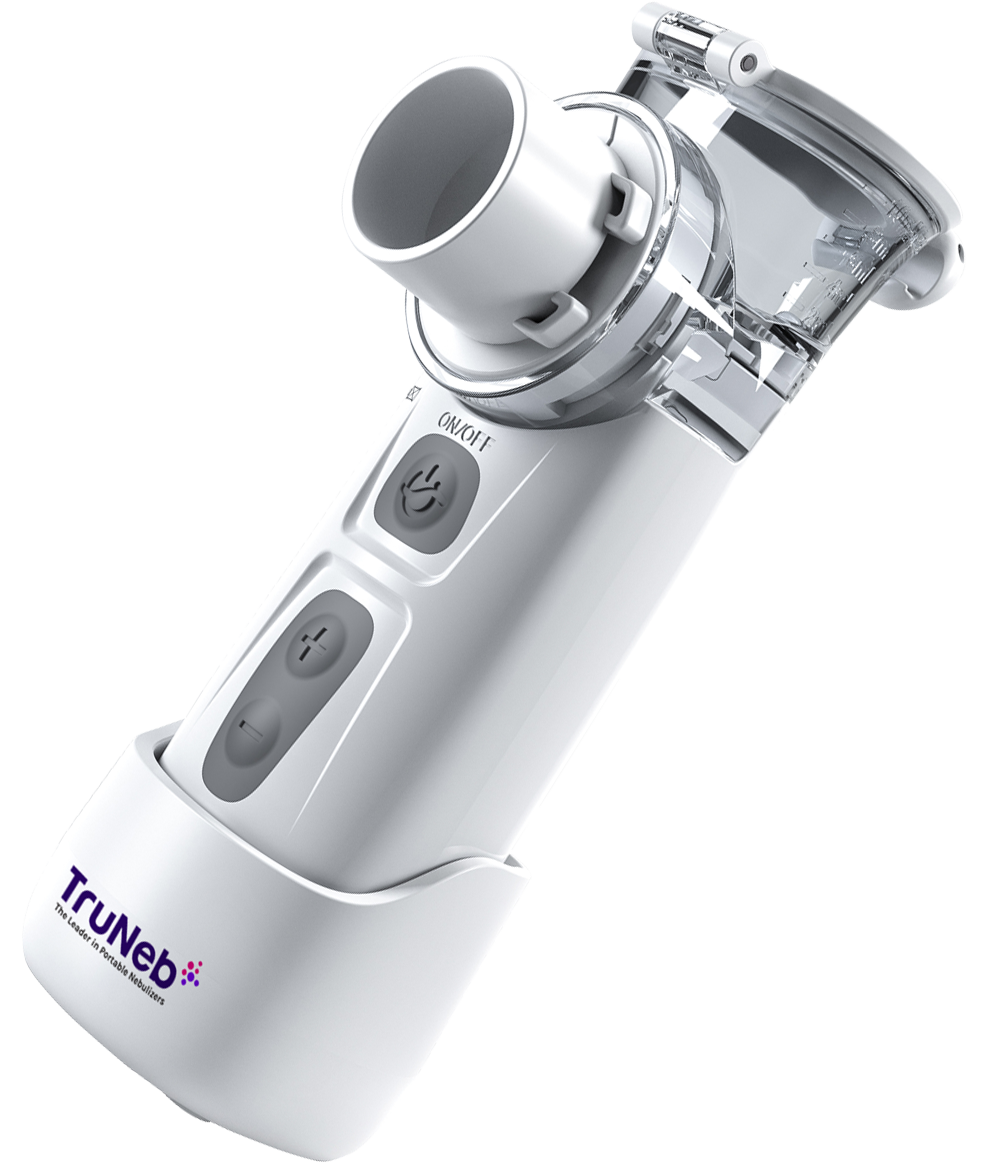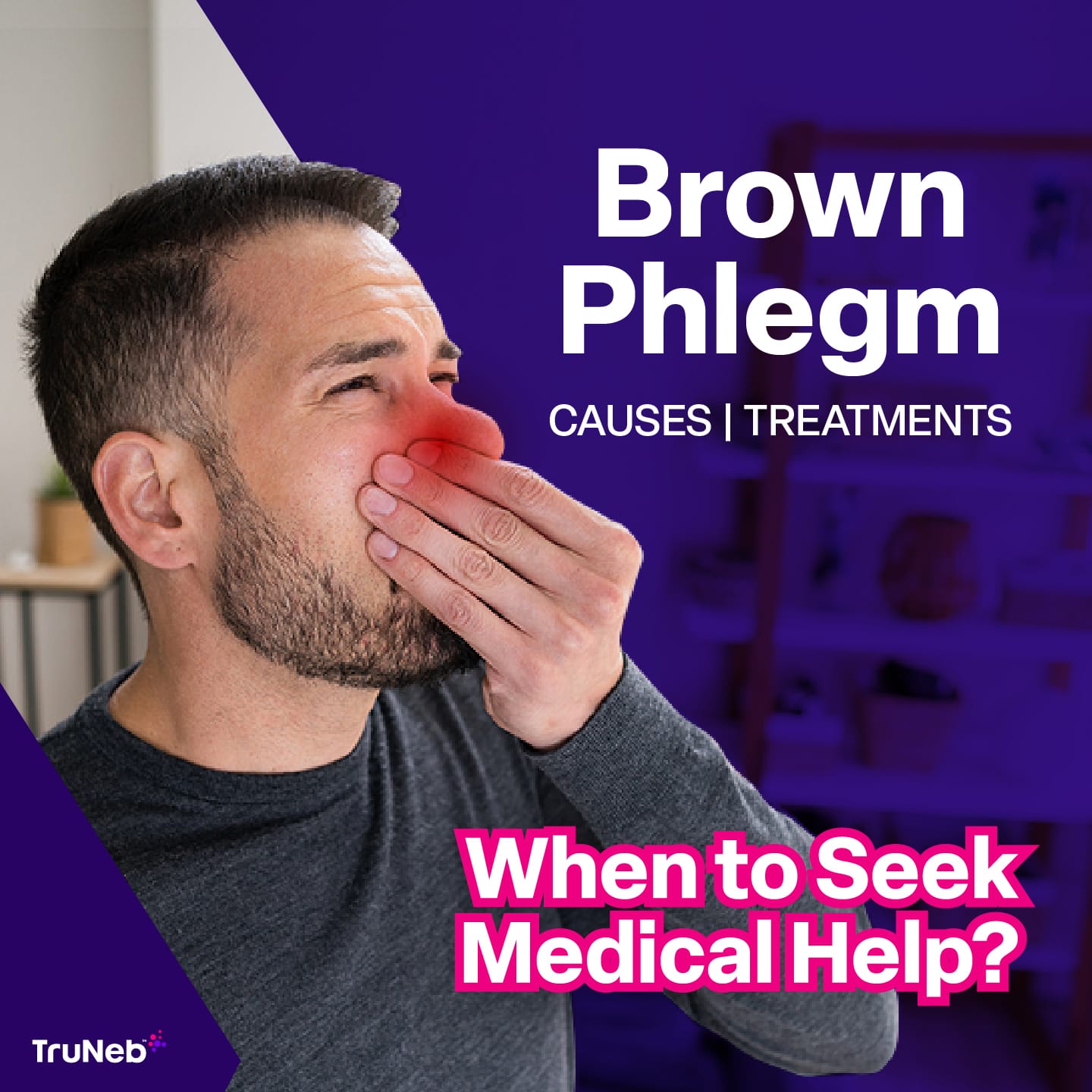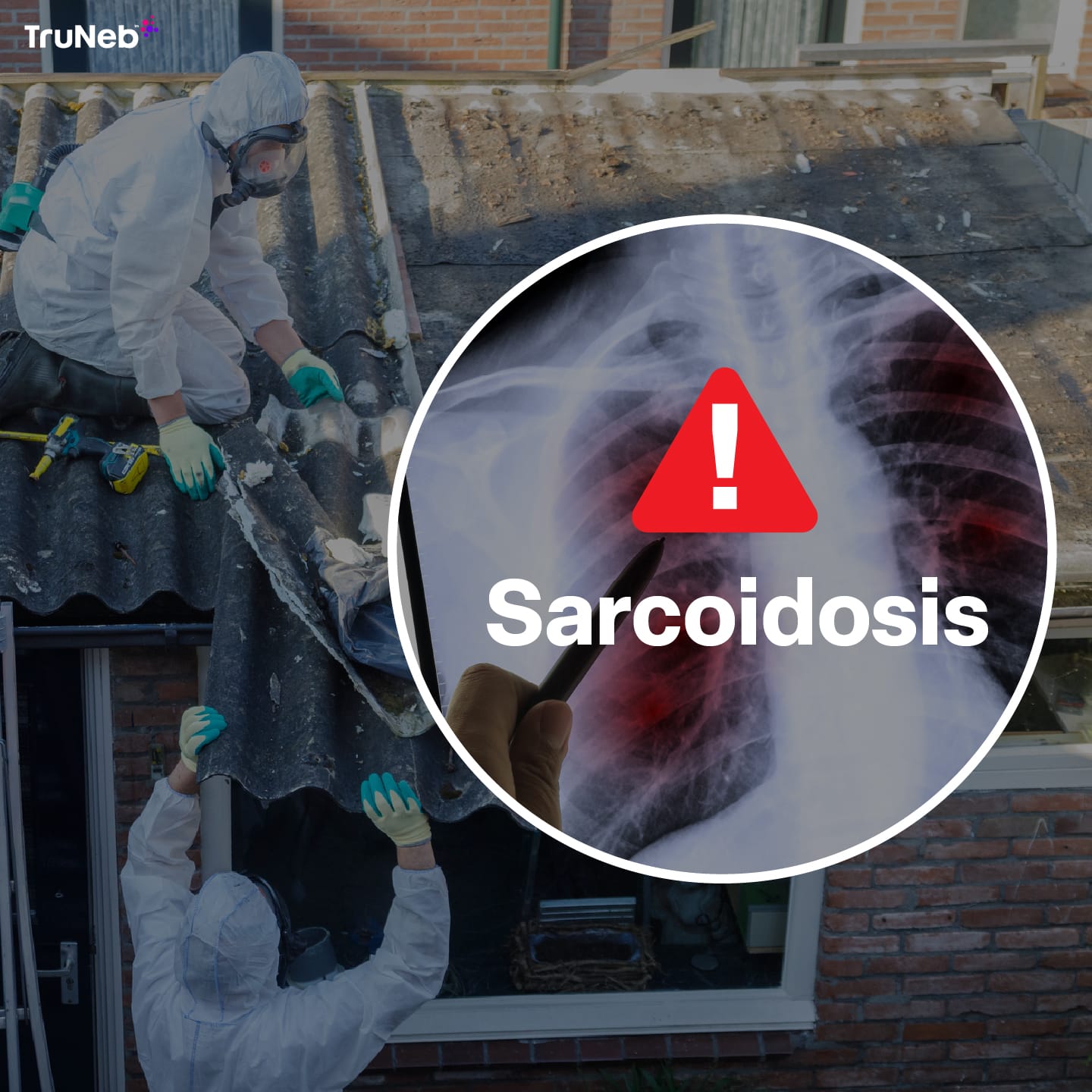On this page
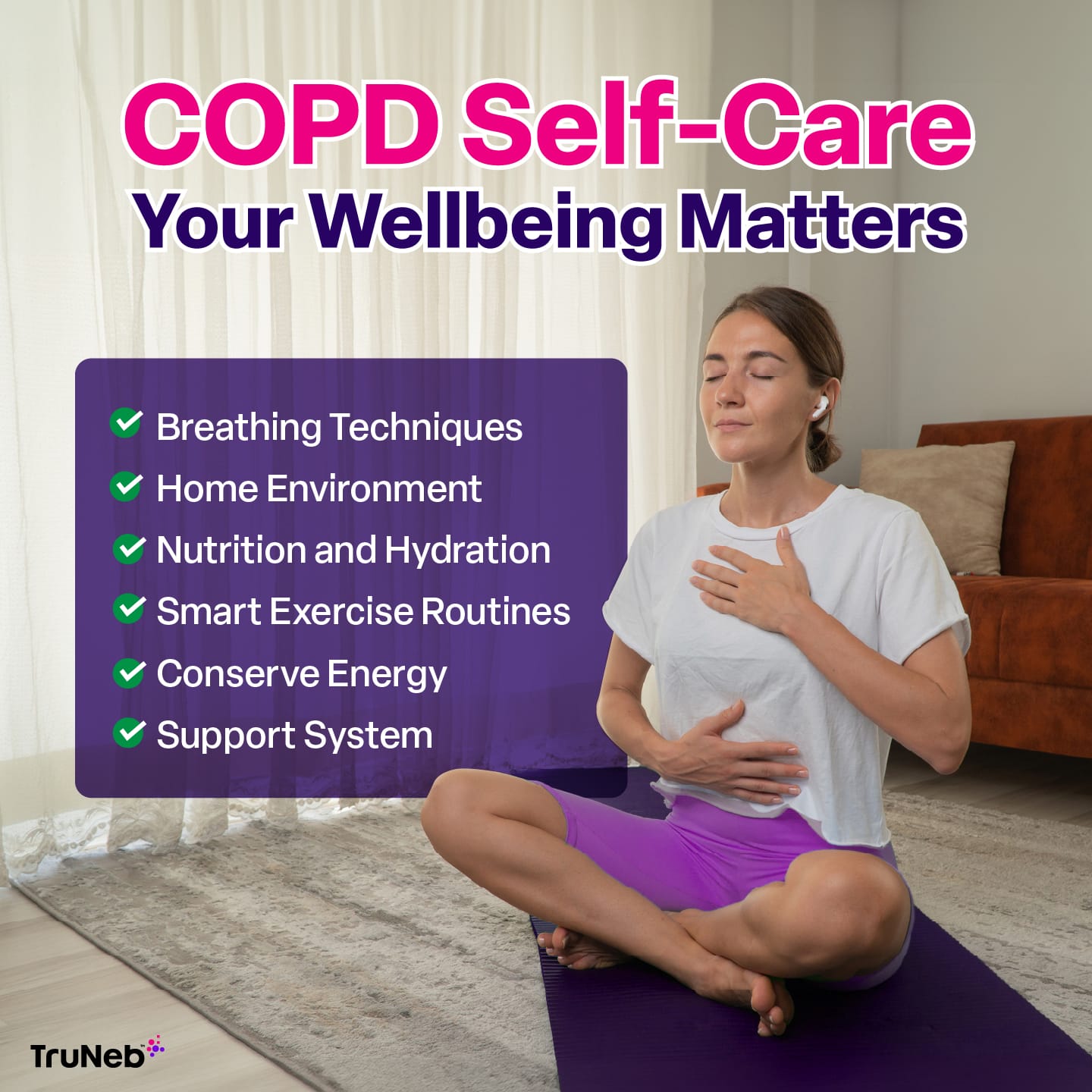
Living with chronic obstructive pulmonary disease can feel overwhelming at times, but there are ways to take control of your condition and improve how you feel day by day. COPD is a chronic condition that requires ongoing management, but the right COPD self-care strategies can make a world of difference in your quality of life.
Small, consistent changes in your daily habits—like adjusting your breathing techniques, creating a more comfortable home environment, and pacing your activities—can help you breathe easier and feel more in control. The key is finding what works for you and sticking with it, so that managing your COPD becomes part of your routine, rather than a burden.
And remember, you don’t have to do this alone. Building a strong support system of loved ones, healthcare providers, and others living with COPD can offer the encouragement and advice you need to stay motivated and keep moving forward.
Every step you take, no matter how small, is a step toward feeling better!
Essential COPD Self-Care Tips to Implement Every Day
Managing your disease can be challenging, but by including key COPD self-care practices into your daily routine, you can make a real difference in how you feel. Here are some helpful tips to help you breathe easier and improve your overall well-being.
Prioritize Breathing Techniques
Simple breathing techniques can be incredibly effective in improving oxygen flow and reducing shortness of breath. Two techniques that are particularly helpful are pursed lip breathing and diaphragmatic breathing.
Pursed Lip Breathing
This technique helps keep your airways open longer, allowing you to exhale more air and reduce the feeling of being short of breath.
How to do it:
- Sit in a comfortable position and relax your neck and shoulders.
- Breathe in slowly through your nose for about two counts, keeping your mouth closed.
- Pucker your lips, as if you were going to blow out a candle. Keep your cheeks stiff.
Breathe out slowly and gently through your pursed lips for about four counts. Exhaling should take twice as long as inhaling. Practicing this technique regularly can help you feel more in control when shortness of breath hits.
Diaphragmatic Breathing
Also known as belly breathing, this technique engages your diaphragm to help bring more oxygen into your lungs with less effort.
How to do it:
- Sit or lie down in a comfortable position.
- Place one hand on your upper chest and the other on your abdomen, just below your rib cage.
- Breathe in deeply through your nose, allowing your abdomen to rise (your hand on your chest should stay still).
Exhale slowly through pursed lips while gently pressing down on your abdomen. This exercise helps to strengthen your diaphragm and improve your overall breathing efficiency.
Creating a COPD-Friendly Home Environment
Your home should be a place where you can relax and breathe easy. Optimizing your home environment can reduce COPD symptoms and prevent flare-ups.
Air Quality Matters
Start by improving the air quality in your home. Air purifiers can help remove allergens and irritants like pet dander, dust, and pollen, which can trigger COPD symptoms. Be sure to change filters regularly to keep the air as clean as possible.
Tip: Opt for a high-efficiency particulate air (HEPA) filter, which is effective at trapping smaller particles.
Proper Ventilation and Temperature Control
Make sure your home is well-ventilated to reduce humidity and prevent the growth of mold and mildew. Installing fans or opening windows can help improve airflow, but avoid drafts of cold air, which can irritate your lungs.
Maintaining a stable indoor temperature is also important. Extreme temperatures, whether too hot or too cold, can make breathing more difficult. Using air conditioning in hot weather and keeping your home warm (but not too dry) during winter can help keep your symptoms under control.
Tip: Consider using a humidifier during winter (or if you live somewhere dry) to maintain balanced humidity levels, which helps prevent your airways from becoming too dry.
Nutrition and Hydration for Easier Breathing
What you eat and drink plays a role in your ability to manage your condition. A balanced diet rich in nutrients can support your lung health and help you feel more energized.
Focus on High-Protein, Low-Carb Foods
Eating foods high in protein, like lean meats, beans, and nuts, can help support your respiratory muscles. Reducing your carbohydrate intake can also help minimize the amount of carbon dioxide your body produces, making it easier to breathe.
Tip: Small, frequent meals can be easier on your digestive system and help prevent bloating, which can make breathing more difficult.
Stay Hydrated
Proper hydration helps keep your mucus thin and easier to cough from your airways. Try to drink at least six to eight glasses of water a day, unless your doctor has recommended fluid restrictions. Staying well-hydrated helps keep your lungs functioning optimally.
Tip: If plain water isn’t appealing, infuse your water with slices of lemon, cucumber, or berries for a refreshing twist.
Staying Active and Managing Energy
Staying active with COPD is possible, and it's an essential part of managing your symptoms and improving your overall health. The key is to find the right balance between staying physically active and conserving your energy throughout the day. Let’s look at how you can do both realistically!
Smart Exercise Routines for COPD Patients
Regular physical activity helps maintain muscle strength, improve your breathing, and boost your energy levels. It’s important to choose exercises that are low-impact and manageable, especially for COPDers.
Low-Impact Exercises
Low-impact exercises including walking, swimming, or cycling on a stationary bike, are ideal for people with COPD. These activities are gentle on your joints and lungs, while still providing cardiovascular benefits.
- Walking: Start with short walks around your home or neighborhood, gradually increasing the distance as your stamina improves.
- Swimming: The buoyancy of water reduces strain on your body, making swimming an excellent full-body workout that can also improve lung capacity.
- Chair Exercises: For those with limited mobility, seated exercises like leg lifts or arm stretches can keep you active without overexerting yourself.
No matter what exercise you choose, the goal is to keep moving at a pace that’s comfortable for you. Just get moving!

Tip: Listen to your body. If you feel short of breath, dizzy, or fatigued, take a break and rest before doing more. Reach out to your doctor if symptoms are severe.
Pacing Yourself
Pace yourself during physical activities to avoid overexertion. Pushing yourself too hard can lead to fatigue or exacerbate your COPD symptoms. Instead, break up your exercise routine into smaller, manageable chunks throughout the day.
Focus on using energy-conservation techniques during exercise. For example, alternate between periods of activity and rest, and avoid activities that require bending or lifting heavy objects, which can make breathing more difficult.
Tip: If you find yourself struggling, try using breathing techniques like pursed lip breathing during exercise.
Daily Routines to Conserve Energy
Managing your energy is just as important as staying active when you have COPD. By making small adjustments to your daily routine, you can save energy for the things that matter most and reduce unnecessary strain on your body.
Practical Tips for Conserving Energy
- Break Tasks Into Smaller Steps: Don’t feel like you have to complete a task all at once. Break activities like cleaning, cooking, or shopping into smaller steps that are easier to manage. Take frequent breaks in between, allowing your body time to recover.
- Plan Your Day Around Your Energy Levels: Some people feel more energetic in the morning, while others have more energy later in the day. Plan your most important tasks for the times when you feel your best.
- Use Assistive Devices: Consider using assistive devices like walkers, trolleys, or even a reacher tool to make everyday tasks easier. Walkers can provide extra support and stability while carrying groceries or household items, while a reacher can help you avoid bending and straining.
Tip: Save your energy for the activities that bring you joy, whether it’s spending time with loved ones, pursuing hobbies, or simply enjoying a peaceful moment of relaxation.
By staying mindful of your energy and incorporating gentle physical activity, you can manage your COPD more effectively while still enjoying an active and fulfilling life. Find what works for you and make adjustments as needed to stay comfortable and in control.
Maintaining Emotional Well-Being and Building a Support System
COPD self-care goes beyond taking care of your physical health—your emotional well-being plays a huge role in how you feel day to day. Stress, anxiety, and isolation can all worsen COPD symptoms, which is why focusing on your mental health and building a solid support system is important.
Mental Health and Mindfulness Practices
Living with COPD can be emotionally challenging. Worrying about flare-ups, managing daily symptoms, or feeling restricted in your activities can easily lead to anxiety and stress. Unfortunately, these feelings can make your symptoms worse, creating a cycle that can be hard to break.
Simple Mindfulness Techniques
Mindfulness practices can help reduce anxiety and bring a sense of calm to your day. These techniques focus on grounding you in the present moment, helping to break the cycle of stress and giving your body and mind time to relax.
Try these helpful practices:
- Deep Breathing with Mindfulness: Find a quiet spot and sit comfortably. Close your eyes and focus on your breath as it moves in and out of your body. Each time your mind wanders, gently bring your attention back to your breath. This practice can help reduce feelings of anxiety and allow you to breathe more easily.
- Body Scan Meditation: Sit or lie down in a comfortable position. Starting at your toes, slowly focus your attention on each part of your body, noticing any tension or discomfort. Take deep breaths as you mentally scan from your toes up to your head, releasing tension with each exhale.
Mindfulness is about relaxing and also acknowledging how you feel in the moment – allowing your body the time it needs to rest. This can help you approach each day with more ease and resilience.
Tip: Even just five minutes of mindfulness each day can make a noticeable difference in your mental health and breathing.
Addressing Your Mental Health
Don’t ignore your mental health. Anxiety, depression, or feelings of isolation are common among people living with COPD, but that doesn’t mean you have to face them alone. Talk to your doctor if you’re struggling emotionally—they may suggest seeing a therapist or counselor who can help you develop coping strategies.
Find a balance between rest and activity. Pushing yourself too hard can lead to burnout, while too much rest can increase feelings of isolation. Listen to your body and give yourself permission to rest when needed, but also seek out opportunities for social interaction and mental stimulation.
Tip: Journaling how you feel each day (both physically and emotionally) can help you track patterns and identify what triggers stress, giving you more control over your mental health.
Support Systems: Building Your Community
One of the most empowering steps you can take in managing COPD is to build a support system around you. Knowing that others understand what you’re going through can make the journey easier and help reduce feelings of isolation.
Connecting with others who have COPD can offer both practical advice and emotional support. Joining a local support group can provide a safe space to share your experiences, ask questions, and learn from others who are managing similar challenges. These groups can also help you feel less alone in your journey. Many support groups also organize social activities, such as outings or hobby classes, that can help lift your spirits and give you something to look forward to.
Tip: Check with your healthcare provider or a local hospital to find a COPD support group near you. Lots of communities also offer virtual options if in-person meetings aren’t available.
Digital Communities for Emotional Support
If local groups aren’t accessible or if you prefer online interaction, digital communities can be an excellent resource. Online forums, Facebook groups, or dedicated COPD support websites allow you to connect with others anytime, anywhere. These platforms give you access to a wide range of experiences, advice, and encouragement.
Tip: Look for trusted online communities that are well-moderated and focus on positivity and support, such as those associated with reputable health organizations.
Having a support system through family, friends, or a larger community can make all the difference in managing your disease. Surrounding yourself with people who understand your experience can help boost your emotional well-being, reduce stress, and give you the strength to face each day with confidence.
Conclusion: Make COPD Self-Care a Daily Priority
Living well with COPD is all about making small, consistent changes that can lead to big improvements in your quality of life. By focusing on daily COPD self-care practices—whether it's prioritizing your breathing techniques, adjusting your home environment, or staying connected with a support network—you’re taking control of your health in meaningful ways.
Be proactive in managing your disease. This means listening to your body, following your treatment plan, and seeking out the support of your healthcare team and community when you need it. Every day offers a new opportunity to make choices that support your well-being, helping you breathe easier and enjoy more of the moments that matter.
COPD may be a chronic condition, but with a strong focus on self-care, you can live a full and active life. Take ownership of your health and make your self-care a priority—because small steps today can lead to better tomorrows.
TruNeb™ is here to help you manage the symptom side of COPD with convenient portable nebulizers you can take anywhere.
*Article reviewed by a licensed Registered Respiratory Therapist
**Last updated: 3/31/2025
